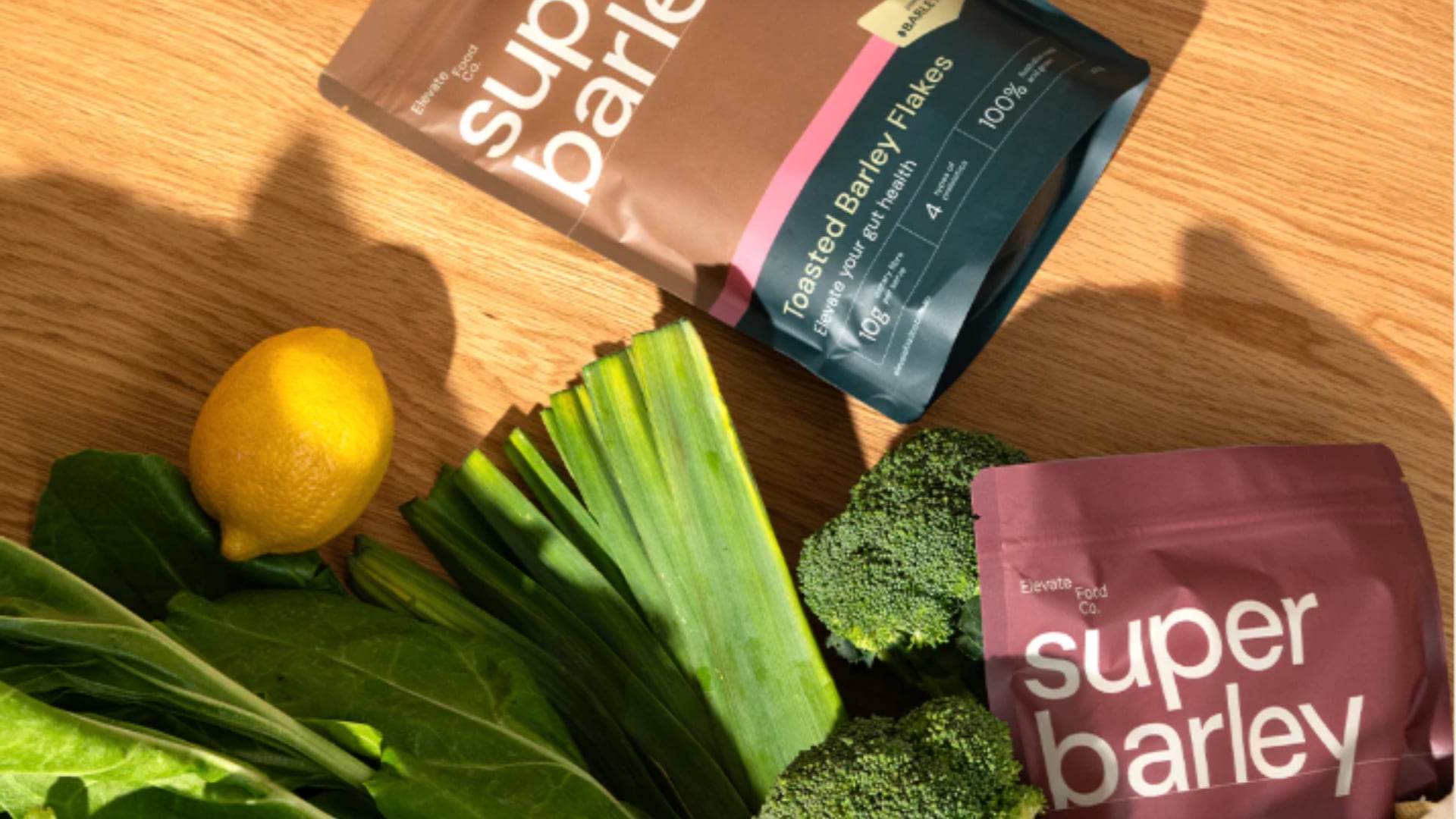Developed by Australia’s Commonwealth Scientific and Industrial Research Organisation (CSIRO), BARLEYMAX is described as a “super barley grain” rich in prebiotics and protein.
It won Ingredient of the Year for Microbiome Modulation at the NutraIngredients-Asia Awards in July, and is already used in various formats such as whole grain, flour, flakes, and stone-cut grain.
Beyond its nutritional benefits, BARLEYMAX enhances flavour and texture, and is featured in Coles’ Happy Gut bread range.
Its unique nutritional profile supports healthier gut microbiomes in both young and elderly populations.
Functional food opportunities for young and elderly
Major areas here are meal replacements for the elderly and infant formula, which offer growth opportunities.
“The first area we’re exploring is incorporating BARLEYMAX into meal replacements, especially targeted at older adults. We know that dietary fibre and protein intake are often insufficient among the elderly. Additionally, the low glycaemic index of BARLEYMAX is beneficial for managing risks like late-onset diabetes,” said Karlu Chu, CEO of The Healthy Grain (THG) – the firm that commercialised BARLEYMAX.
“We’re also collaborating with a couple of infant food companies in Australia to launch products that incorporate BARLEYMAX for gut health. Early exposure to diverse dietary fibres can help develop a more resilient infant gut microbiome.”
Beyond domestic collaborations, the firm plans to expand its bakery partnerships overseas.
“We’re working with a strong partner in China to introduce high-fibre, prebiotic-rich bakery ingredients using BARLEYMAX,” Chu shared.
Another key innovation is incorporating BARLEYMAX into rice blends. Inspired by its success in Japan – where it’s sold in whole grain form and used in MOS Burger’s rice patties – the firm is exploring similar applications in China.
“By blending Barleymax with white rice (e.g. 25% Barleymax), we can increase dietary fibre content by around 10 times and introduce prebiotic benefits,” said Chu.
These applications aim to close the fibre gap and promote gut health.
Bridging the global fibre gap through prebiotic innovation
THG aims to address the global shortfall in dietary fibre and plant protein, particularly in Asian and European diets.
“Globally, most populations lack adequate fibre intake – aside from maybe Denmark,” said Chu. “We’re also seeing growing interest in prebiotics worldwide.”
The key gap that the firm is looking to fill is providing a whole food, natural source of prebiotics. In addition to that, BARLEYMAX offers both soluble and insoluble dietary fibre, which helps improve fibre intake in the average diet.
According to Chu, BARLEYMAX stands out because it contains four different prebiotics that help nourish and support probiotics in the gut microbiome.
“The benefit of having four types of prebiotics in one ingredient is that manufacturers don’t need to blend multiple sources to get similar effects. These four prebiotics – fructans, beta-glucans, arabinoxylans, and resistant starch – ferment at different stages of digestion. This allows BARLEYMAX to support the gut microbiome throughout the entire digestive process,” Chu explained.
This sets BARLEYMAX apart from more refined or single-type prebiotics like inulin, which typically ferment within the first eight hours and cannot be consumed in high amounts due to potential gastric discomfort.
Furthermore, its nutrition profile makes it a versatile ingredient suitable for various applications.
“We actually see BARLEYMAX as complementary to many other ingredients rather than directly competitive. Its profile is so well-rounded – it’s not just a prebiotic; it also offers high levels of dietary fibre and is rich in plant protein. On top of that, it’s an ancient grain, which is another added value,” said Chu.
“What we offer to customers is versatility. Depending on what their focus is – whether it’s plant protein, dietary fibre, or prebiotics – BARLEYMAX provides a strong lead marketing claim. And because it delivers multiple benefits, manufacturers can also make additional secondary claims. In today’s market, consumers are increasingly seeking nutrient-dense foods, and BARLEYMAX allows brands to meet that demand with a single, multifunctional ingredient.”
The firm operates a B2C arm under its Elevate Food Co. brand in Australia, but its primary focus remains B2B, using the consumer line mainly to validate formulations and marketing messages.





